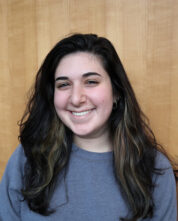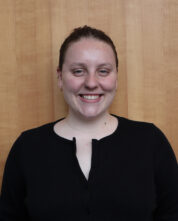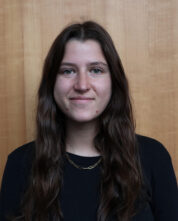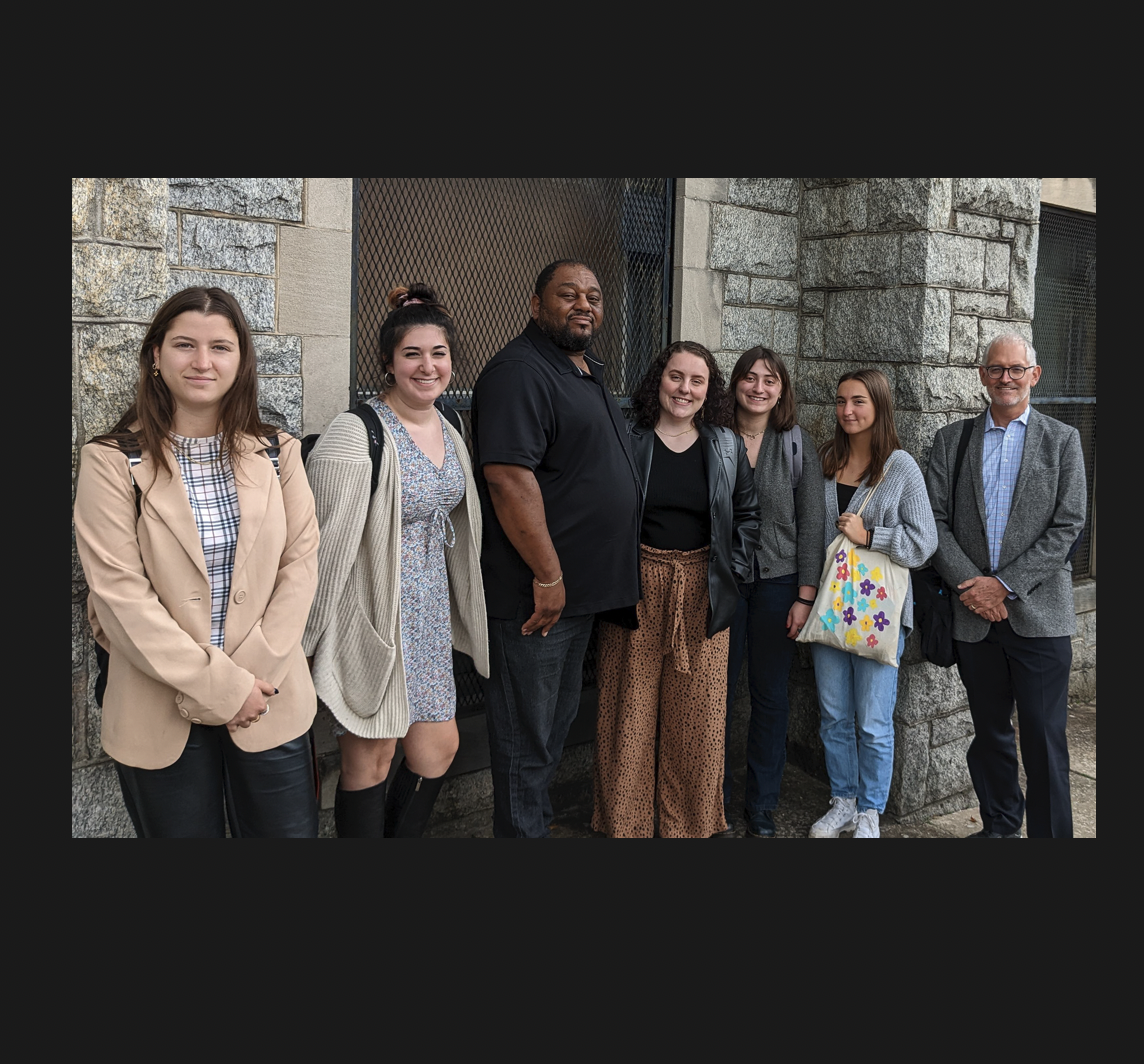This fall, we have explored and investigated Baltimore City at great lengths. The goal was to examine wealth inequality and how some neighborhoods could have a high homeless population and abandoned homes whereas other areas had million-dollar mansions and world-renowned institutions. Our editor introduced us to powerful community leaders who are trying to make Baltimore a better place to live and to visit. We read many things, including “Not in My Neighborhood” by Antero Pietila, which documented the deep history of systemic residential, social and political discrimination and bigotry in Baltimore. With bus trips to urban farms, presentations about property tax issues and tours of some of the oldest streets and sites in town, we became well-versed in the plight ailing the almost 300-year old city. Then we began reporting.
Over the course of the past two and a half months, our team of five Capital News Service reporters interviewed dozens of Baltimore residents and visitors and took photos and videos. WYPR hosted our team for a lunch where their seasoned journalists advised us about interview and storytelling techniques and gave us ideas about how to best paint the picture of wealth inequality in Baltimore.
The five of us found a common theme in our reporting. We all heard a tale of hope and promise for the future of Baltimore. Community activists and leaders are working hard to help those often overlooked due to systemic issues plaguing not only Baltimore but cities across the country. Our stories detail the steps local people have taken to positively impact their communities and shed light on a deep-seated problem afflicting a historic, strong city.

Esther Frances

Parker Leipzig

Olivia Wolfson

Victoria Vandergriff

Grace Kamin
Special thanks to Shreya Vuttaluru, on loan from the Howard Center for Investigative Journalism, who created many of our graphics and data visualizations.

Shreya Vuttaluru
Editor’s Note:
This project was produced by the Urban Affairs Reporting course, Jour 327, at the Philip Merrill College of Journalism and was blessed with a wide array of support from the staff and faculty. Special thanks to Sean Mussenden, data editor for the Howard Center for Investigative Journalism, for allowing Shreya Vuttaluru to work on this project; Adam Marton, director of the Capital News Service Digital Bureau for his design and editing insights; Josh Land, Merrill’s communications manager who helped edit the series; Josh Davidsburg and Alanna Delfino for training the reporters on photography and video; Rafael Lorente, associate dean, for his strong support and help with navigating the academic bureaucracy.
Working on this series allowed us to meet many outstanding people in Baltimore who took time to speak to my journalists. They include Seema Iyer, former director of the Baltimore Neighborhood Indicators Alliance and now with the United Nations High Commission for Refugees; Danyell Irby, executive director of news at WYPR; Nneka N’namdi of Fight Blight Bmore; Lamontre Randall, manager of neighborhood strategy at Innovation Works; and The Rev. Dr. Derrick DeWitt Sr. of the First Mount Calvary Baptist Church.
A special thank you to Sandra Banisky for leading a bus tour of Baltimore for my class and for giving me an outstanding master’s class in Baltimore history, politics and culture. This was once Sandy’s class and we worked hard to meet her standards.
–Rob Wells, Ph.D.
Associate Professor

